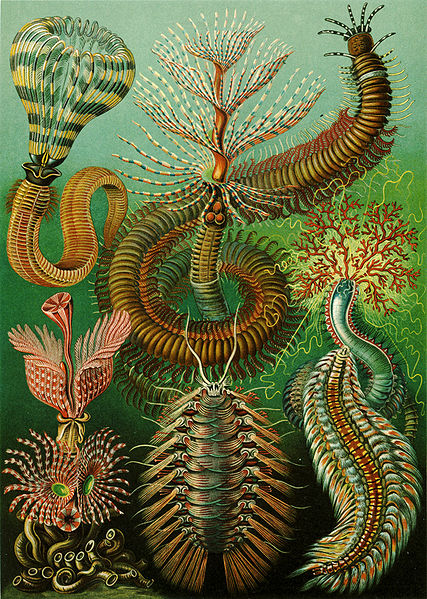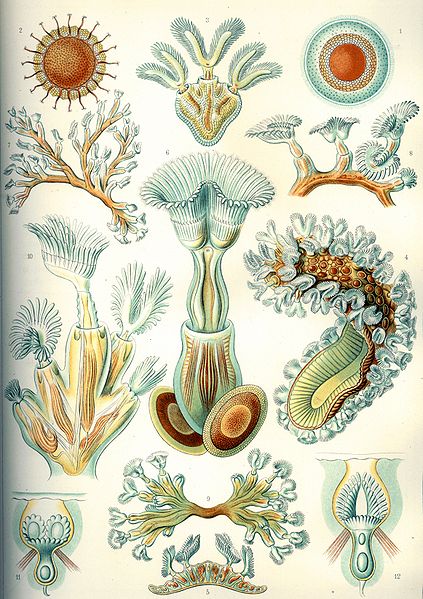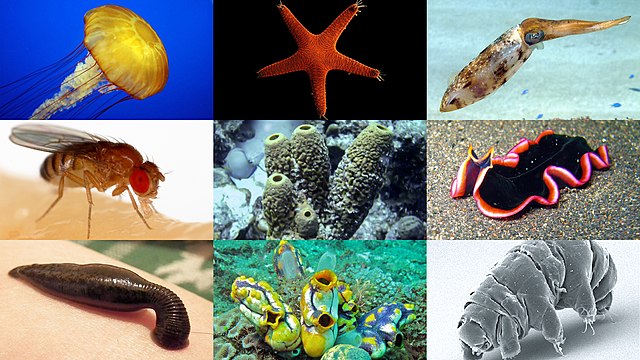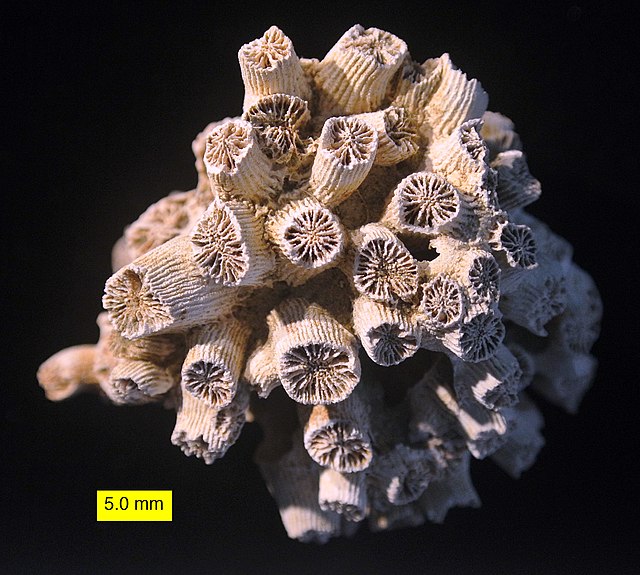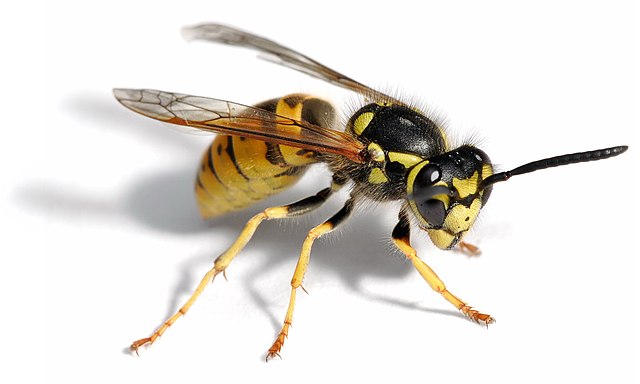Marine invertebrates are the invertebrates that live in marine habitats. Invertebrate is a blanket term that includes all animals apart from the vertebrate members of the chordate phylum. Invertebrates lack a vertebral column, and some have evolved a shell or a hard exoskeleton. As on land and in the air, marine invertebrates have a large variety of body plans, and have been categorised into over 30 phyla. They make up most of the macroscopic life in the oceans.
Ernst Haeckel's 96th plate, showing some marine invertebrates. Marine invertebrates have a large variety of body plans, which are currently categorised into over 30 phyla.
Dickinsonia may be the earliest animal. They appear in the fossil record 571 million to 541 million years ago.
Kimberella, an early mollusc important for understanding the Cambrian explosion. Invertebrates are grouped into different phyla (body plans).
Bryozoa, from Ernst Haeckel's Kunstformen der Natur, 1904
Invertebrates is an umbrella term describing animals that neither develop nor retain a vertebral column, which evolved from the notochord. It is a paraphyletic grouping including all animals excluding the chordate subphylum Vertebrata, i.e. vertebrates. Well-known phyla of invertebrates include arthropods, mollusks, annelids, echinoderms, flatworms, cnidarians and sponges.
Invertebrate
The fossil coral Cladocora from the Pliocene of Cyprus
Image: European wasp white bg 02
Image: Platycryptus Undatus Female

